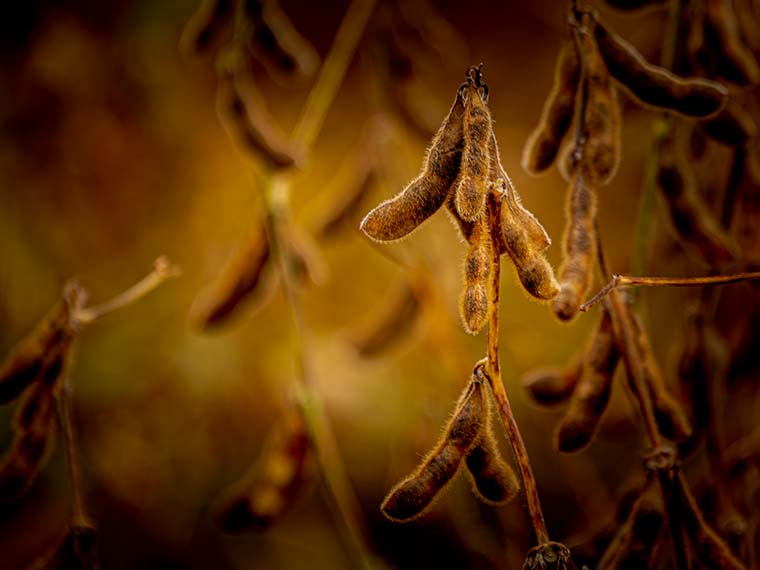The information presented on this page may be dated. It may refer to situations which have changed or people who are no longer affiliated with the university. It is archived as part of Mississippi State University's history.
Mississippi State University was established in 1878 as the Agricultural and Mechanical College of the State of Mississippi. It became part of the nation's land-grant system created by the Morrill Act, passed by the U.S. Congress in 1862.
In 1887, the Hatch Act established the agricultural experiment station system, modeled on European stations, but with a distinctly American interest in applied research. The Mississippi legislature responded with its experiment station act in 1888.
The Hatch Act states, ".... the object and duty of said experiment stations to conduct original researches or verify experiments on the physiology of plants and animals; the diseases to which they are severally subject, with the remedies for the same; the chemical composition of useful plants at their different stages of growth; the comparative advantages of rotative cropping as pursued under the varying series of crops; the capacity of new plants or trees for acclimation; the analysis of soils and water; the chemical composition of manures, natural or artificial, with experiments designed to test the comparative effects on crops of different kinds; the adaptation and value of grasses and forage plants; the composition and digestibility of the different kinds of food for domestic animals; the scientific and economic questions involved in the production of butter and cheese; and such other researches or experiments bearing directly on the agricultural industry of the United States..."
The Mississippi Agricultural and Forestry Experiment Station (MAFES) has stayed true to this mission, making new discoveries that make an impact on the lives and livelihoods of Mississippians.
Our 16 branch locations serve all regions of the state. Research addresses issues important and relevant to Mississippi farmers, industry, communities, and families. MAFES discoveries improve plant, animal, and food production systems to enhance commodity production and conserve the environment for the benefit of all people.

